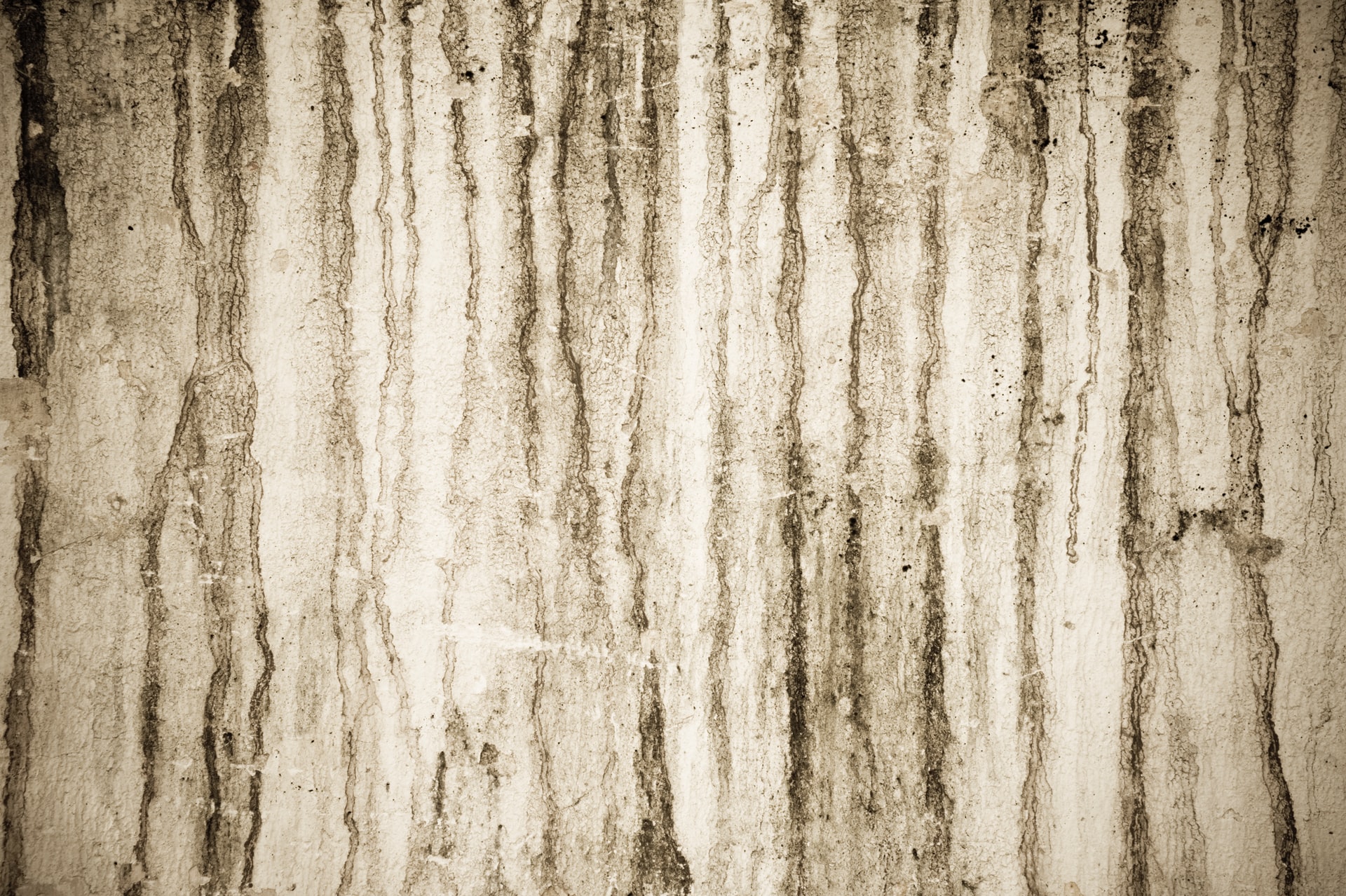Are you struggling with mold in your basement? Trying to figure out the source of basement mold problems can be tricky. However, the good news is that it’s usually caused by one of three things. Figuring out which of these three things is leading to basement mold in your home is the first step in getting rid of it. Fortunately, if you have trouble finding the source, our professionals at POM Waterproofing can come take a look for ourselves.
Interior Condensation
The first thing that can cause basement mold problems is actually very common, especially with unfinished basements. Interior condensation is caused when your basement is badly insulated and condensation gathers against the walls. This can happen with unfinished walls made of concrete and even with badly done drywall with insufficient insulation.
The way interior condensation works has to do with temperature. You know how a cold glass will gather moisture on a hot day? The water in the air goes from its gas form to its liquid form when it touched the cold side of the glass and the molecules slow down. The same thing happens in your basement if your basement is warm and the outdoors are cold.
The cold ground against your basement wall makes the stone cold. Therefore, any moisture in the basement air can become condensation on the cold walls as soon as it makes contact. When t his condensation gathers, it will often run down the wall, collecting at the floor and giving the perfect, damp environment for mold to grow. The same can be said for basement windows with mold in the sill.
The solution to interior condensation causing mold is to buy an air dehumidifier. If the moisture is taken out of the air, there will be no moisture to collect on the walls. However, this is a short term solution. For a long term fix, you’ll need to have your walls sealed and insulated.
Exterior Wall Leaking
Exterior wall leaking can look a lot like interior condensation issues. This is why a professional eye is really helpful in the diagnosis process. When your exterior basement wall is not sealed properly, ground water and moisture can leak into the cracks in the wall. After a few years, these cracks will get longer and wider, allowing the water to leak in, onto the basement walls.
A crack big enough for water to get in may sound large, but can actually be small enough not to notice without looking for it. The solution to these cracks is getting exterior basement waterproofing done. It’s somewhat extensive, but necessary to keep your basement leak free.
Covering the cracks from the inside will actually worsen the problem. Water will continue leaking into the wall. But, with no outlet, it will remain in the wall, freezing and thawing until it breaks the walls down entirely.
Ground Water Rising
And, last but not least, mold can be caused in ernest by ground water that rises up through the basement floor. This can happen in both finished and unfinished basements. However, in finished basements, you may not know this is happening until your entire basement floor has molded through to the surface.
This issue is severe and is best handled by installing a sump pump. A sump pump collects water along the floor of the basement. When the tank reaches a certain fullness, it will pump out all of the water through a pipe leading away from the house.
If any of these issues may be plaguing your home, give us a call at POM Waterproofing. Our team will help you find the source of your mold and put a stop to it.




